The Intricate World of Gears and Transmission Components
In the mechanical realm, various components work in harmony to enable the efficient transfer of power and motion. Gears and related parts play a crucial role in this process, facilitating operations in different machinery and equipment. From the transmission gear that lies at the heart of power transfer systems to specialized components like wheat gear, deep cultivator gear, mesh seat coupling, and output shaft, each element has its unique function and significance.
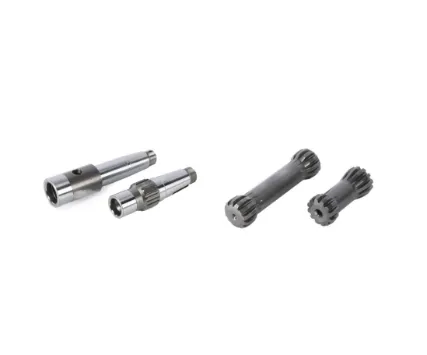
The Role and Importance of Transmission Gears
At the core of many mechanical power - transfer mechanisms is the transmission gear. This vital component is responsible for changing the speed, torque, and direction of rotational motion. In automotive applications, for instance, the transmission gear system allows the engine to operate at an optimal speed while providing the appropriate amount of torque to the wheels for acceleration, cruising, and climbing hills. By meshing with other gears of different sizes, the transmission gear can multiply or reduce the engine's rotational force as needed. In industrial machinery, such as conveyor systems or manufacturing equipment, transmission gears ensure that power is distributed precisely to different parts of the machine, enabling smooth and efficient operation. Their design and material composition are carefully engineered to withstand high loads, friction, and wear, guaranteeing long - term reliability.
Specialized Gears for Agricultural Operations
The agricultural sector relies on a variety of specialized gears to perform different tasks. Wheat gear, designed specifically for wheat - related machinery like harvesters and threshers, is crucial for the efficient processing of the crop. These gears are engineered to handle the unique demands of working with wheat, such as dealing with the crop's stalks and grains without getting clogged or damaged. They need to maintain consistent rotational speed and torque to ensure that the harvesting and threshing processes are carried out smoothly, minimizing crop loss and maximizing productivity.
Deep cultivator gear is another key component in agricultural machinery. Used in deep - tillage equipment, these gears are built to withstand the heavy loads and stresses associated with breaking up hard, compacted soil. They work in tandem with other parts of the cultivator to turn over the soil, aerate it, and prepare it for planting. The strength and durability of deep cultivator gear are essential, as they often have to operate in tough, rocky, or uneven terrain, ensuring that the tillage operation can be completed effectively season after season.
The Significance of Mesh Seat Coupling and Output Shaft
Mesh seat coupling serves as a critical connection point between different components in a mechanical system. It is designed to transmit torque while allowing for some degree of misalignment between shafts. This flexibility is crucial in many applications where perfect alignment of shafts may be difficult to achieve or maintain. For example, in industrial plants with large - scale machinery, vibrations and thermal expansion can cause shafts to shift slightly over time. The mesh seat coupling can accommodate these changes, preventing excessive stress on the connected components and reducing the risk of mechanical failure. It also helps in dampening vibrations, contributing to a smoother operation of the machinery and extending the lifespan of other parts.
The output shaft is the final link in the power - transfer chain, delivering rotational power from the gearbox or transmission system to the end - use application. Whether it's powering the wheels of a vehicle, the blades of a fan, or the cutting tools of a machine, the output shaft must be strong enough to handle the applied torque and rotational speed. Its design, including its diameter, length, and material, is carefully calculated based on the specific requirements of the application. A well - designed output shaft ensures that power is transferred efficiently and without any loss, enabling the machinery to perform its intended function with optimal performance.
FAQs about Gears and Transmission Components
How to Select the Right Transmission Gear for a Specific Application?
Selecting the appropriate transmission gear involves considering several factors. First, determine the required speed ratio, torque capacity, and power transmission needs of the application. The size, number of teeth, and pitch of the gear are also important, as they affect the gear's performance and compatibility with other components. Additionally, take into account the operating environment, such as temperature, humidity, and exposure to dust or chemicals, as these factors can influence the gear's material selection. For example, in a high - temperature environment, heat - resistant materials may be necessary. Consulting with gear manufacturers or industry experts can provide valuable insights to make an informed decision.
What Maintenance Is Required for Agricultural Gears like Wheat and Deep Cultivator Gears?
Regular maintenance is essential to keep wheat gear and deep cultivator gear in optimal working condition. This includes periodic inspection for signs of wear, such as tooth breakage, excessive pitting, or uneven wear patterns. Lubrication is crucial, as it reduces friction and prevents premature wear. Use the recommended lubricant for the specific gear type and application, and follow the manufacturer's guidelines for lubrication intervals. In addition, after each use in the field, clean the gears to remove dirt, debris, and crop residue, which can cause abrasion and damage over time. If any damage is detected, repair or replace the gears promptly to avoid further problems and ensure the smooth operation of the agricultural machinery.
How Can Mesh Seat Coupling Improve the Performance of Mechanical Systems?
Mesh seat coupling improves the performance of mechanical systems in several ways. By allowing for misalignment between shafts, it reduces stress on the connected components, preventing premature wear and failure. It also dampens vibrations, which can otherwise lead to noise, decreased efficiency, and damage to other parts of the machinery. This results in a smoother operation, longer component lifespan, and reduced maintenance costs. Additionally, mesh seat coupling can isolate electrical currents between shafts in some applications, protecting sensitive electronic components from electrical interference, thereby enhancing the overall reliability and performance of the mechanical system.
What Are the Common Materials Used for Output Shafts, and How Do They Affect Performance?
Output shafts are typically made from materials such as steel, stainless steel, aluminum alloy, or titanium. Steel is a common choice due to its high strength and durability, making it suitable for applications with high torque and load requirements. Stainless steel offers excellent corrosion resistance, making it ideal for use in harsh or wet environments. Aluminum alloy is lightweight, which can reduce the overall weight of the machinery, improving fuel efficiency in mobile applications, although it may have lower strength compared to steel. Titanium is known for its high strength - to - weight ratio and excellent corrosion resistance, but it is more expensive and often used in high - performance or specialized applications. The choice of material depends on the specific performance requirements, operating conditions, and cost considerations of the application.
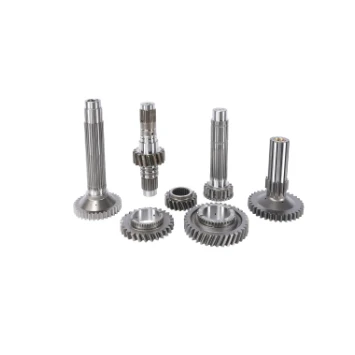
The agricultural and industrial machinery sector is experiencing remarkable growth, and at the heart of this expansion lies the trade and supply of tractors.
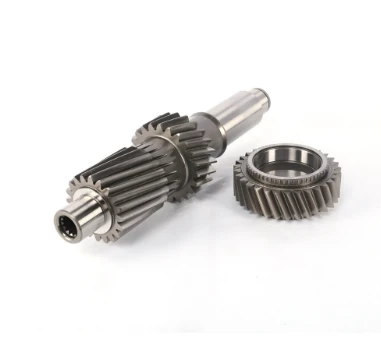
In the world of heavy - duty construction, the seamless operation of machinery is crucial for large - scale projects.
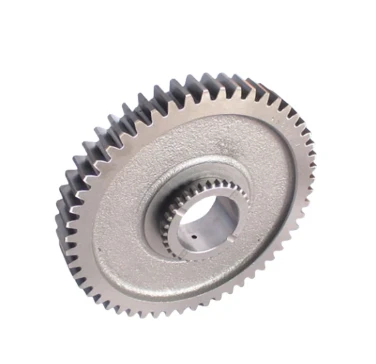
The world of tractors is vast and varied, catering to both practical agricultural needs and the passionate interests of collectors.
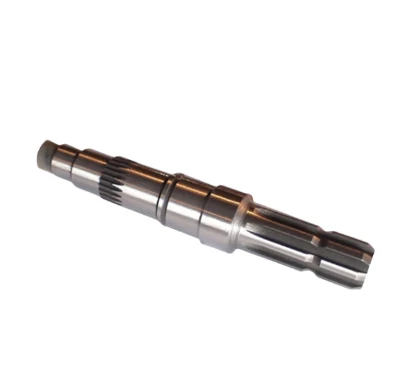
The agricultural and construction machinery landscape is constantly evolving, with tractors standing as essential workhorses for a variety of tasks.
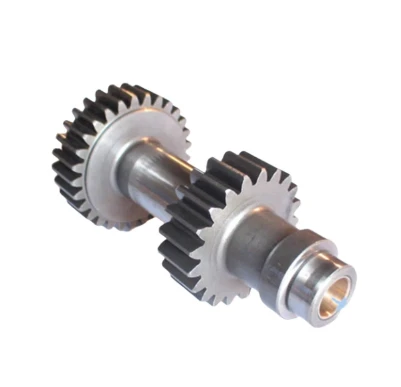
In the intricate world of mechanical engineering, gears are fundamental components that enable the seamless transfer and manipulation of power.
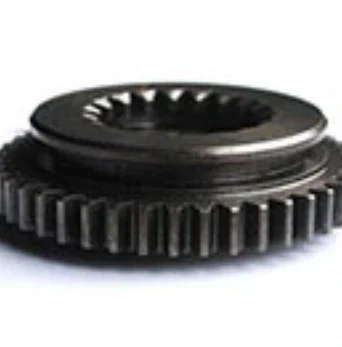
The market for tractors is a bustling hub, catering to a wide range of needs from large - scale farming operations to small - scale gardening projects.
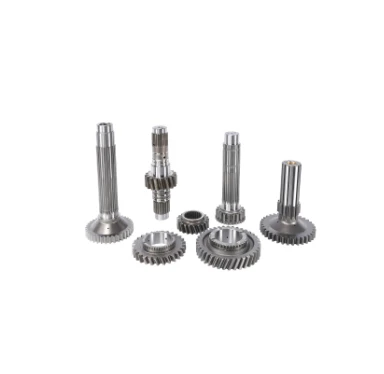
In the dynamic world of farming, machinery has become an essential part of efficient and productive operations.
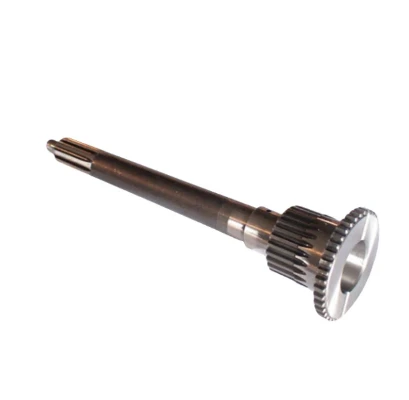
In the expansive realm of agriculture, various tools and machines play crucial roles in ensuring efficient crop production and overall farm management.
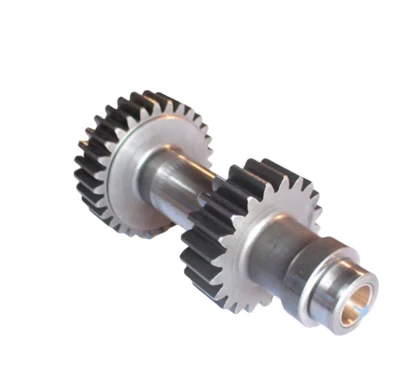
Tractors are essential workhorses in the agricultural and construction sectors, playing a pivotal role in a wide range of tasks.
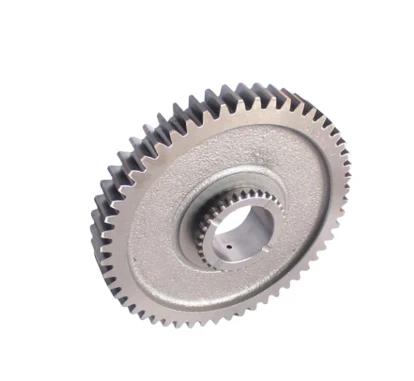
The agricultural and construction sectors rely heavily on tractors for their operations, and the entities involved in the production, distribution, and pricing of these machines shape the industry's trajectory.
International layout
Spread all over the world
our products are exported to various parts of the world. Currently, our products have been exported to more than 40 countries Our products cover Asia, Europe, Africa, South America, North America, and Oceania
Sign up
for Newsletter
Subscribe to the weekly newsletter for all the latest updates







